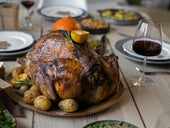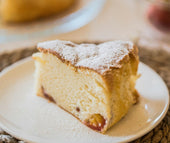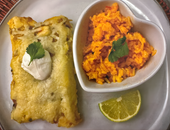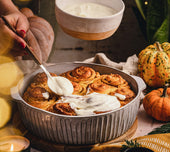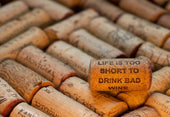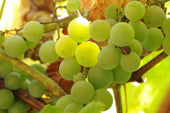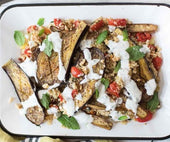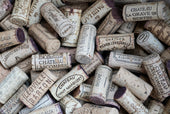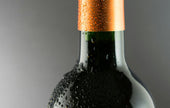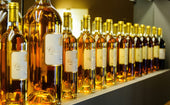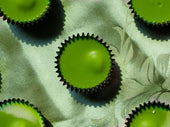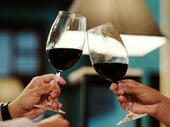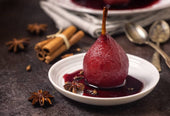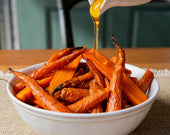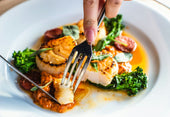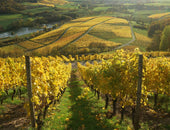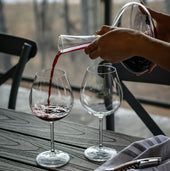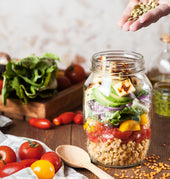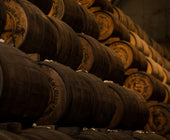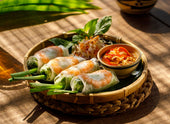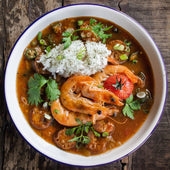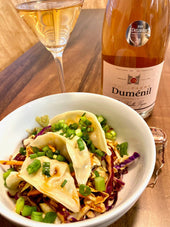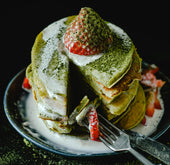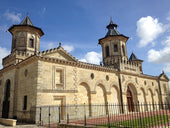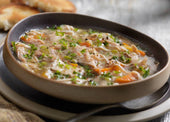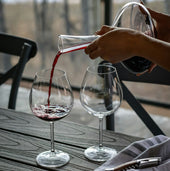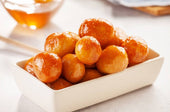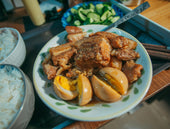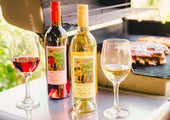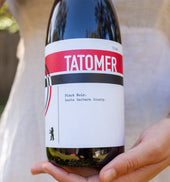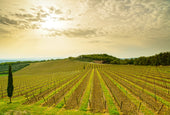
Your Guide to Sparkling Wines
Did you know there are an average of 2 million bubbles in a single glass of Champagne? That alone is a great reason to celebrate. Whether you like to serve bottomless mimosas or stand alone sparkling wine for a brunch affair, there are many sparkling wines to fit all the occasion. But with the different brands and misleading labels, no wonder the consumer can be left slightly confused.
To clarify, Champagne is one of the most unique sparkling wines and the term has been misused and often misleading. Champagne is a sparkling wine produced and grown in the Champagne region of France. It is made under strict guidelines that require secondary fermentation in the bottle to create the bubbles. The term Champagne is protected and regulated, how ever some California wineries that received approval of their label prior to 2006 can still use the term, only when it is accompanied by the origin (e.g. California Almond Champagne).
However that is no means that the wine is made the traditional Champagne method aka, methode champenoise. The traditional method requires the secondary fermentation inside the bottle. Typically in Champagne and other parts of France, grapes are harvested by hand to ensure whole and healthy berries. The best grapes are selected with no unripe green flavors, low sugar and high acid. These grapes will be made into a still wine under the first fermentation. The wine can be matured in stainless steel or barrel. Once the base wines have been established. Producers may start to blend wines from different vineyards and grape varieties to produce a "house" style. If it was a good year, producers can make a "vintage" wine.
Here are the two most common ways sparkling wines are made:
Traditional Method (aka Method Champenoise)
-
Hand harvest and whole bunch pressing.
-
First ferment (base wine is made).
-
Blending (from different vineyards and vintages).
-
Bottling and tirage (addition of sugar and yeast).
-
Second fermentation (4-8 weeks) CO2 is formed, bubbles are captured inside the bottle.
-
Lees Aging (min 9 months, more for Champagne) Yeast autolysis creates toasty and bready flavors.
-
Riddling (gently moving bottle stored placed neck-down at 45 degree angle and intermittently spun by hand or by machine) Yeast is collected at the neck.
-
Disgorging (hand or machine) bottle neck is frozen and dead yeast is ejected.
-
Topping up and dosage (liqueur d'expedition) A sugar syrup that determines the sweetness level to finish off the wine and recorked.
Includes traditional method until bottling and tirage. Base wine undergoes secondary fermentation in tank. Tirage is added to tank to create secondary fermentation. Fruit flavors are retained due to minimal lees contact. Cheaper, faster and less labor intensive. Prosecco are made with this method.
With all of these variation in production style of sparkling wine, you may find prices all across the board. Prosecco made via tank method can be found at a great value at most retailers. Champagne on the other hand starts at $30.00 for a non-vintage bottle from one of the main Champagne houses.
One great option to explore is Crémant styled sparkling wines made the traditional method. These great sparklers have complex characters and carry the same finesse and Champagne qualities without putting a dent in your wallet. Go ahead and get a bottle to taste side by side with Champagne and see what style you might enjoy.
 Contributed by Monica Yu, Wine Buyer for Plume Ridge Bottle Shop
Contributed by Monica Yu, Wine Buyer for Plume Ridge Bottle Shop


